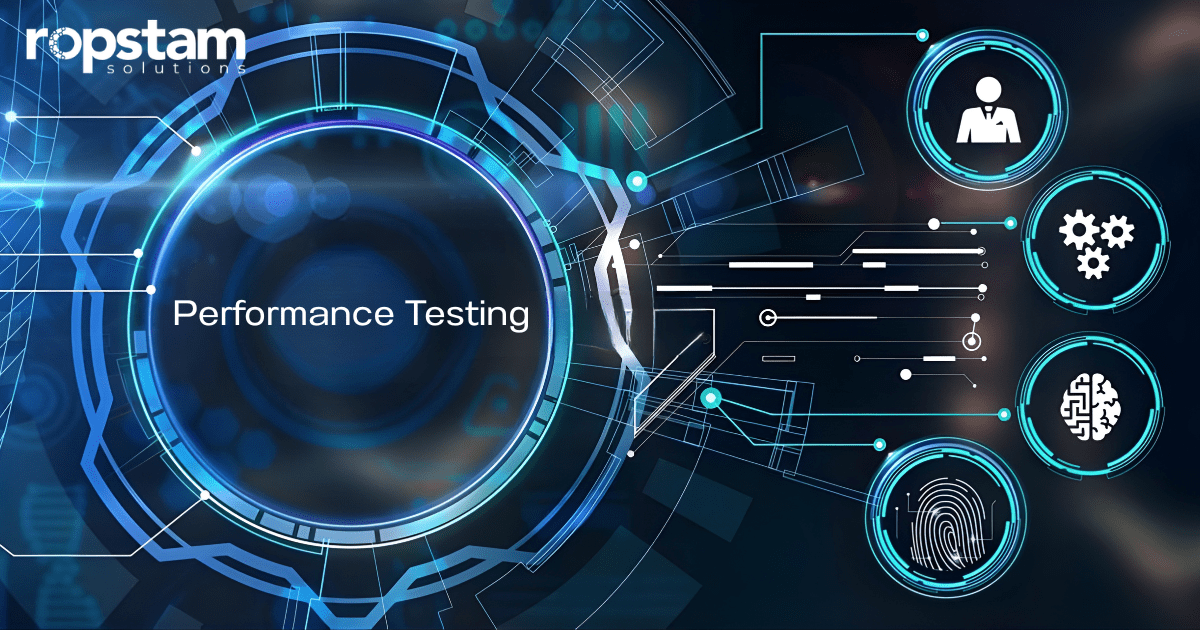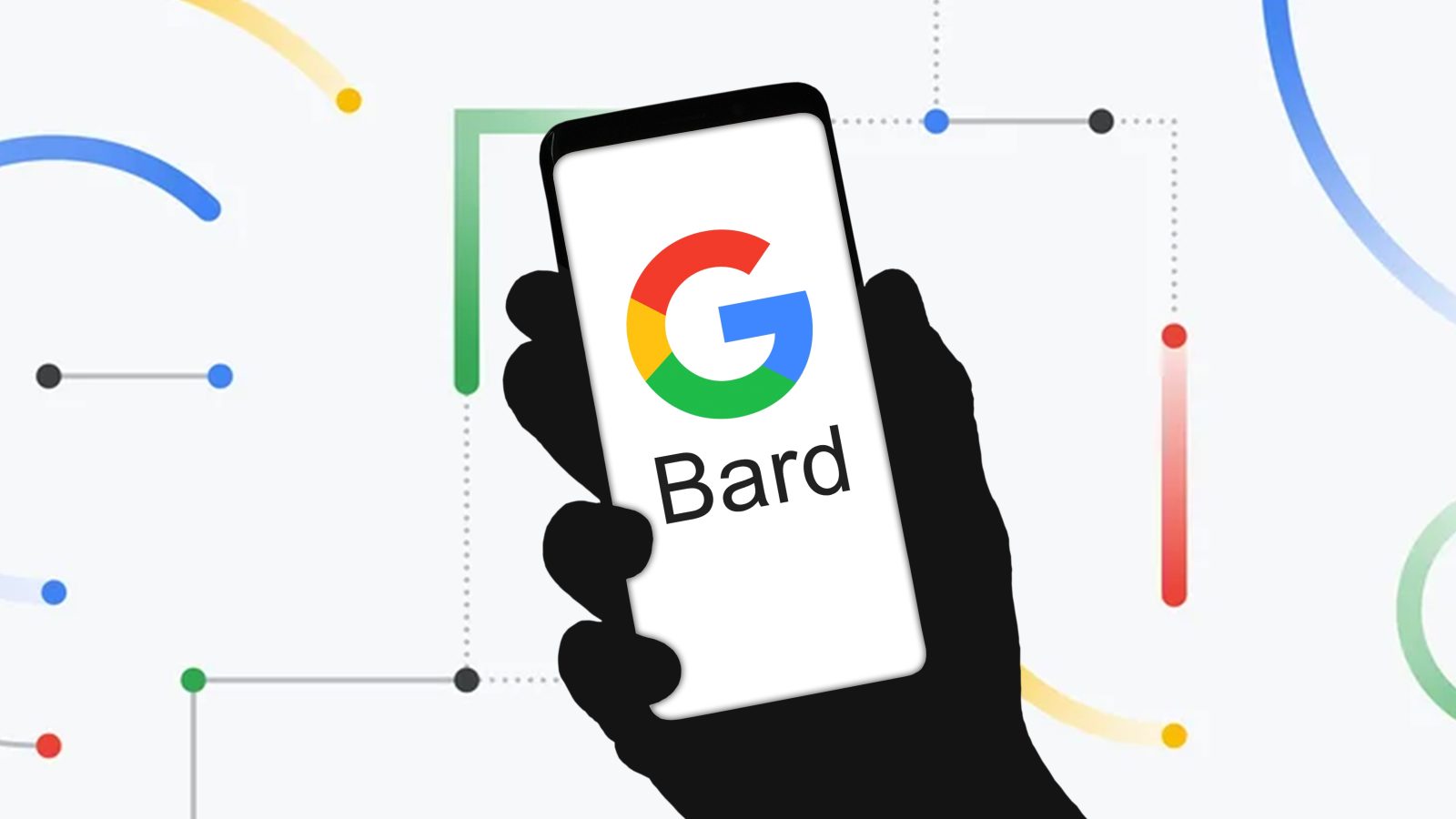Have you ever wondered why some Shopify stores seem to effortlessly make sales while others look great but struggle to convert?
It’s not just about clean design or fast shipping. It’s about psychology and how people think, feel, and behave when shopping online.
Conversion isn’t random luck. It’s science mixed with storytelling. From color choices and button placement to trust signals and product copy, every detail of your Shopify store can nudge a visitor closer to hitting “Buy Now.”
Let’s break down the hidden psychological principles behind high-converting Shopify stores and how you can use them (ethically!) to boost your sales.
First Impressions: The 0.05-Second Rule
Research by Google found that users form an opinion about your website in just 50 milliseconds (that’s 0.05 seconds). That’s faster than the blink of an eye.
In that split second, your visitor’s brain subconsciously asks:
- “Does this look trustworthy?”
- “Is this relevant to me?”
- “Do I like what I see?”
So, if your Shopify homepage is cluttered, slow, or inconsistent, your bounce rate will skyrocket.
Psychology tip: Humans are wired for cognitive fluency; we prefer things that are easy to process. Clean layouts, visual hierarchy, and symmetry signal trust and professionalism.
How to apply this:
Use white space generously.
Stick to a maximum of 2–3 fonts.
Keep your color palette consistent with your brand.
Make your call-to-action (CTA) buttons bold and easy to spot.
The Power of Color Psychology
Colors aren’t just for aesthetics, they trigger emotions.
- Red: urgency, excitement, action (think of sales banners or clearance signs).
- Blue: trust, calm, security (used by brands like PayPal or Shopify itself).
- Green: growth, freshness, nature (often tied to eco-friendly or organic brands).
- Black: luxury, sophistication, exclusivity (used by brands like Apple or Gucci).
A study by the University of Winnipeg found that people make subconscious judgments about a product within 90 seconds, and up to 90% of that is based on color alone.
Shopify example:
Brands like Allbirds use earthy tones to reflect sustainability. Gymshark uses energetic reds and blacks to convey strength and performance.
Your colors should speak your brand’s story before your copy even starts talking.
Social Proof: Because No One Wants to Be First
One of the strongest psychological triggers in eCommerce is social proof, the idea that people follow the actions of others, especially when they’re uncertain.
According to Nielsen, 92% of consumers trust recommendations from others (even strangers) over branded content.
How to add social proof to your Shopify store:
- Display reviews and ratings prominently.
- Include customer photos (UGC = instant trust).
- Show real-time sales pop-ups (“Sarah from LA just bought this hoodie!”).
- Add testimonials and brand collaborations.
Shopify apps like Loox, Judge.me, and Fera make integrating reviews effortless.
And don’t forget authenticity matters. Overly polished testimonials can feel fake. Raw, real voices win hearts (and conversions).
The Power of Scarcity and Urgency
Scarcity and urgency tap into a primal human fear FOMO (Fear of Missing Out).
Cialdini’s Principle of Scarcity shows that people assign more value to things that appear limited.
Examples that work beautifully on Shopify:
- “Only 3 left in stock!”
- “The offer ends in 4 hours.”
- “Limited edition won’t restock!”
But here’s the golden rule: don’t fake it.
Shoppers are smart. If your “limited stock” magically resets every day, trust evaporates.
Pro tip: Pair scarcity with transparency like “Due to high demand, we’re running low on sizes M and L.” That honesty builds credibility and urgency.
Trust Signals: The Subtle Confidence Builders
Your visitors won’t buy if they don’t trust you.
In fact, Baymard Institute found that 17% of users abandon carts because they don’t trust the website with their credit card info.
Trust is built through small, consistent cues:
- HTTPS and SSL certificates
- Clear refund and return policies
- Recognizable payment methods (Shop Pay, PayPal, Apple Pay)
- Visible customer support options
- Real contact info (email, address, phone number)
- “About Us” page with real faces and stories
Psychology behind it:
Humans are wired to detect risk. If something feels shady, we leave.
Trust signals reduce mental friction and “is this legit?” thought that kills conversions.
The Anchoring Effect: Setting the Stage for Perceived Value
Ever noticed how luxury stores display their most expensive items first? That’s called anchoring a cognitive bias where people rely heavily on the first piece of information they see. If your Shopify store shows a $400 premium product first, a $150 product suddenly seems like a bargain.
How to apply anchoring:
- Show your high-end products first on category pages.
- Offer tiered pricing (Basic, Premium, Pro).
- Use “Was $79, Now $49” labels but only for real discounts.
Anchoring helps shape perception of value; it’s not manipulation; it’s smart framing.
The Psychology of Product Descriptions: Sell with Emotion
People don’t buy products, they buy feelings. A bland product description like “100% cotton T-shirt” doesn’t move anyone.
But say, “The softest tee you’ll ever wear built for lazy Sundays and spontaneous adventures,” and suddenly you’re painting a lifestyle. Psychology behind it: Emotional storytelling activates the limbic system (the brain’s emotional center), making your product more memorable.
How to write descriptions that convert:
- Start with benefits, not features.
- Use sensory words (“smooth,” “crisp,” “velvety”).
- Keep sentences short and conversational.
- Add a touch of personality.
Example:
Instead of “Eco-friendly bamboo toothbrush,” try “Clean teeth, clear conscience your morning routine just got greener.”
The Role of Layout and Visual Hierarchy
Good design guides the eye and great design guides behavior. The human brain naturally scans web pages in an F-pattern or Z-pattern. That means people focus first on the top area (logo, nav, hero image), then move horizontally and vertically in a zigzag motion.
What this means for your Shopify store:
- Put your primary CTA (like “Shop Now”) in the top fold.
- Highlight key benefits or offers along the F-pattern.
- Use large, high-quality product images (Shopify recommends at least 2048×2048 px).
- Keep the checkout button visible and frictionless.
A study by EyeQuant showed that well-structured pages increase visual engagement by up to 25%.
9. Pricing Psychology: How to Make Prices Feel Right
Humans aren’t rational when it comes to pricing. Here are a few proven pricing psychology tactics:
9.1 Charm Pricing (“.99 Magic”)
$9.99 feels significantly cheaper than $10 even though it’s just a cent apart. MIT research confirms this effect: products priced at $39 outsold identical ones priced at $34 and $44.
9.2 Decoy Effect
Offer three pricing tiers:
- Basic: $49
- Pro: $89
- Premium: $99
Most people will choose the middle option, perceiving it as the “smart value.”
9.3 Bundle and Save
Show savings clearly: “Buy 2, Get 20% Off.” It reframes spending as saving and who doesn’t love a deal? On Shopify, apps like Bold Bundles or ReConvert make this seamless.
The Zeigarnik Effect: Keep the Momentum Going
The Zeigarnik Effect suggests people remember unfinished tasks better than completed ones. That’s why showing progress bars or multi-step checkouts works wonders. When customers see “Step 1 of 3” or “You’re almost there,” they feel compelled to complete the process.
Pro tip:
Gamify your checkout: add micro-rewards like free shipping progress (“Spend $10 more for free delivery!”). It keeps dopamine levels high and drop-offs low.
Reducing Friction: The Psychology of Effortless Shopping
Every extra click, form field, or slow page adds mental friction. According to Baymard Institute, the average cart abandonment rate is 69.99%. A major reason? Complicated checkouts.
How to reduce friction:
- Enable guest checkout.
- Use autofill and address suggestions.
- Offer multiple payment methods.
- Optimize load speed (Google says a 1-second delay can cut conversions by 7%).
- Remove distractions from checkout pages (no menus, no popups).
Think of your checkout as a runway clear, direct, and impossible to miss.
The Role of Microcopy: Tiny Words, Huge Impact
Microcopy = the small text on buttons, tooltips, and forms.
But small doesn’t mean insignificant. These tiny pieces of text shape user emotion.
Example:
Instead of “Submit,” say “Let’s Do This.”
Instead of “Error,” say “Oops, let’s try that again!”
This kind of conversational tone makes your brand feel human, not robotic.
Shopify stores that sound friendly feel more approachable and that boosts trust and retention.
Personalization: The “Netflix Effect” of eCommerce
Consumers today expect personalized experiences. Segment reported that 49% of shoppers have made impulse purchases after receiving personalized recommendations.
Shopify makes this easier than ever:
- Use AI-driven recommendations (“You might also like…”).
- Greet returning customers by name.
- Show tailored offers based on browsing history.
When people feel seen, they buy more. Simple as that.
The Emotional Power of Storytelling
Storytelling triggers oxytocin, the “empathy hormone.” It helps people connect emotionally and emotionally connected customers are 306% more valuable over their lifetime (Harvard Business Review).
Tell your story on your “About Us” page:
- Why you started the brand
- What problem you’re solving
- Who’s behind it (show real faces!)
Example:
Beardbrand didn’t just sell beard oil they sold the story of individuality and confidence. That’s
what made them a Shopify success story.
The Rule of Reciprocity: Give Before You Ask
Humans naturally want to return favors. That’s why offering something first like a free guide, discount, or sample increases the likelihood of conversion.
Practical ways to use reciprocity:
- Pop-ups offering 10% off first purchase
- Free shipping on first order
- Free content (like styling tips or eBooks)
It’s not manipulation, it’s generosity with strategy.
Post-Purchase Psychology: Keep the Love Alive
The sale isn’t the end, it’s the beginning of the relationship. According to Adobe, returning customers generate 40% of an online store’s revenue, despite being only 8% of visitors.
How to nurture post-purchase loyalty:
- Send thank-you emails that feel personal, not automated.
- Ask for feedback (people love being heard).
- Offer loyalty points or early access to new launches.
- Follow up with how-to guides or styling inspiration.
Happy customers become brand ambassadors and nothing converts better than word of mouth.
The Power of Cognitive Ease: Making Decisions Simple
Daniel Kahneman’s research in Thinking, Fast and Slow shows that humans prefer things that are easy to think about and therefore, easy to trust.
So, simplify everything:
- Use plain, friendly language.
- Avoid jargon.
- Guide the customer gently toward one goal per page.
A clear, effortless experience feels safe and that comfort converts.
Conclusion: Conversion Is About Connection
At its core, the psychology of a high-converting Shopify store isn’t about hacks or manipulation.
It’s about understanding humans‘ fears, motivations, and desires.Every visitor comes with subconscious questions:
“Can I trust this brand?”
“Do they get me?”
“Is this worth it?”Your job is to answer those questions through design, copy, colors, and empathy. Because when people feel seen, safe, and excited they don’t just buy once. They come back again, and again, and again.













